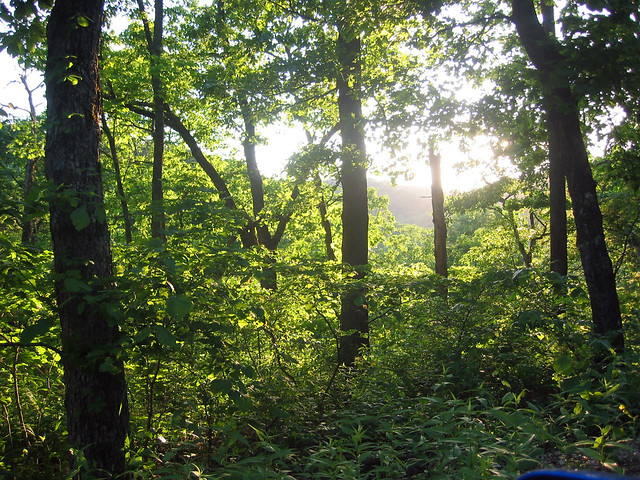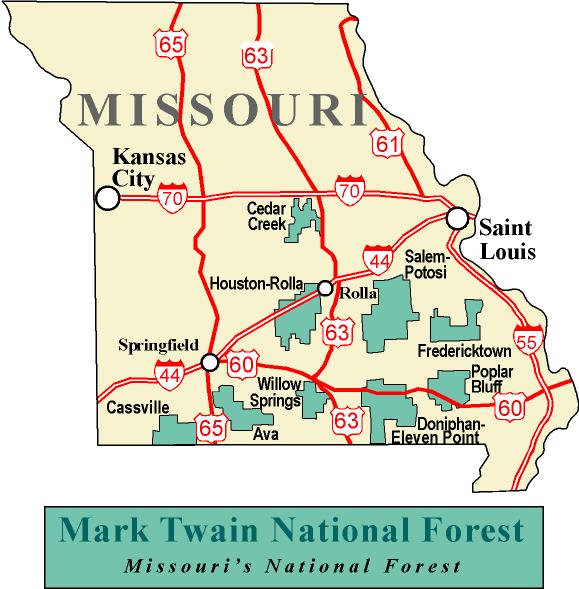This article was posted a couple of weeks ago by Jim Low of the MDC. It seems very relevant right now!
JEFFERSON CITY–If you are tired of wet feet, you have lots of company. Many trees are suffering, too. The Missouri Department of Conservation has advice for helping trees cope with wet weather.
Flooding along the Mississippi and Missouri rivers and high water on many other streams has left many trees stressed, because they breathe through their roots.
“Almost all trees rely on circulation of water between roots and leaves,” says Community Forestry Coordinator Nick Kuhn. “They can’t do that as effectively when their roots are under water. Many tree species can get enough air even when the soil is saturated with water. But when water extends above ground level, transpiration stops in all but a few species.”
No transpiration, says Kuhn, means no photosynthesis. No photosynthesis forces trees to draw on nutritional reserves. The longer flooding lasts, the more starved trees become.
That’s not the only reason trees suffer during floods. Immersion in water changes the structure and chemistry of soil in ways that reduce the availability of important nutrients, including nitrogen, iron, and sulfur. Bacterial action in flooded areas can produce methane, hydrogen sulfide, and other gases that are harmful to tree roots.
“There’s a lot going on under flooded soil that you can’t see,” says Kuhn, “but trees can feel it.”
Kuhn says flooding also causes negative “life-cycle effects.” These include reduced or delayed seed germination, smothering of seedlings by sediment or organic litter, reduced root and leaf growth, shallowing of root systems, and toppling of trees due to weakened roots or soft soil. The longer the flood, the worse the damage.
The news isn’t all bad, however. Kuhn says homeowners have several options for helping flood-stressed trees recover. The first thing to do is examine trees after floodwaters recede.
“Look for exposed roots, lifting of soil caused by leaning trees, and damage from flood debris,” says Kuhn. “Removing sediment that has accumulated beneath trees will help give roots the air they need. But be careful not to damage roots in the process of removing sediment. Frugal application of a slow-release fertilizer can help trees recover, too.”
Small trees toppled during floods sometimes can be reset and saved. Pruning dead branches also helps stressed trees recover, but Kuhn cautions against “topping” trees by cutting off all but the main branches. He suggests consulting a certified arborist for advice about proper pruning techniques.
Flooding is less damaging to trees before they begin to leaf out. Trees whose root systems are undermined by erosion have a poorer chance of survival, as do those whose roots are buried beneath heavy sediment.
Stress can appear over long periods, so it is important to continue watching trees for signs of decline in the months and years after floods. Kuhn suggests taking pictures of trees immediately after flood events for future reference. “Changes can appear so gradually that you forget what the tree looked like before,” says Kuhn. “Photos can be a big help.”
When evaluating trees’ prospects for survival, it helps to know which species are most flood-tolerant. This knowledge also is critical when selecting trees to replace those lost in flood-prone areas.
The most flood-tolerant species include silver maple, honey locust, persimmon, cottonwood, willow, and cypress. Moderately resistant species include swamp white oak, mulberry, elm, hackberry, hawthorn, Osage orange, birch, sycamore, and pecan. The least tolerant tree species are oaks, hickories, sassafras, dogwoods, cherry, redbud, walnut, crabapple, spruces, and pines. Not all of these trees are good for forest, farm, or home but are listed for flood tolerance.
For more information about tree planting and care, visit www.mdc.mo.gov/node/5947.
-Jim Low-



























